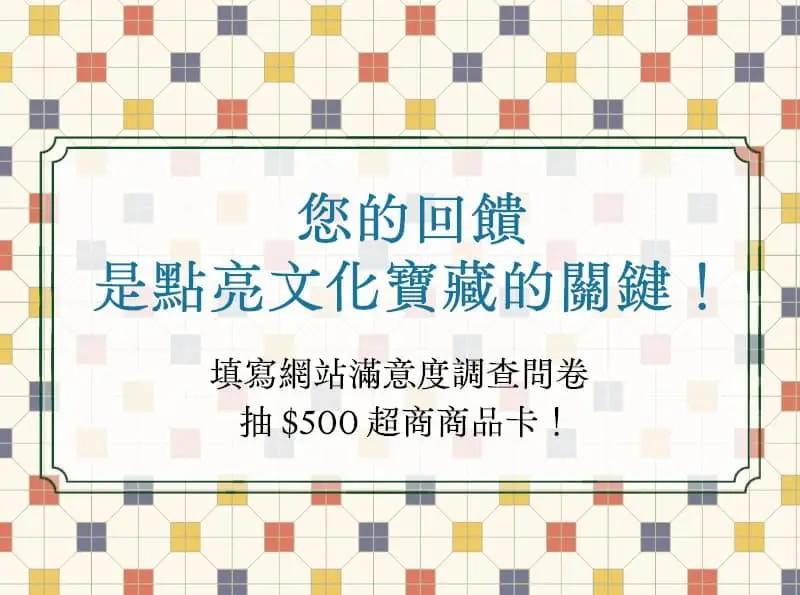臺1甲線上的「第二尖山橋」、「大坑溪橋」橋下基座大有來頭,橫跨塔寮坑溪上游野溪,它們是清代臺北到新竹段鐵道橋樑遺構,是臺灣首任巡撫劉銘傳推動近代化的重要證物。
清代經龜崙嶺山區到桃園段的鐵道完成於光緒17年(1891),途中所架設之「九芎坑木橋」及「九芎頭坑木橋」,即為「第二尖山橋」及「大坑溪橋」前身。繼任巡撫卲友濂曾以「北穿獅嶺洞隧百尋,南渡龜崙則坂踰九折,路工之難如此。」形容龜崙嶺鐵道工程之困難與獅球嶺隧道旗鼓相當。
日治之初,由於清代所築鐵道路線標準不理想,坡度大、路線過於彎曲而進行路線改良,臺北到桃園路線改為經萬華、板橋、樹林、山佳及鶯歌。新路線開通後,廢線的鐵道路基多改為道路使用,「九芎坑木橋」及「九芎頭坑木橋」即於明治40年(1907)改建為一般道路橋樑,並改稱「尖山橋」及「大坑溪橋」。昭和5年(1930)進行道路橋樑拓寬工程,構造皆改為RCT桁橋;後「尖山橋」更名為「第二尖山橋」。
龜崙嶺鐵道橋遺構經多次改建與拓寬,尚能清晰分辨出清代的橋基與橋臺、日治時期的橋臺及拱體等結構,以及戰後民國時期的鋼筋混凝土構造,展現不同時代的土木技術。

.jpg)
.jpg)
.jpg)
.jpg)








